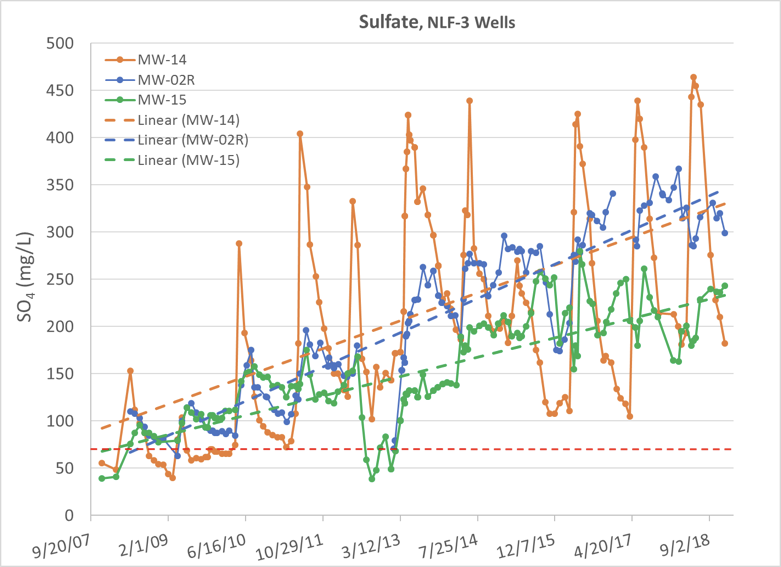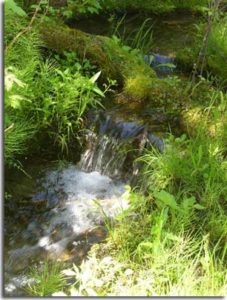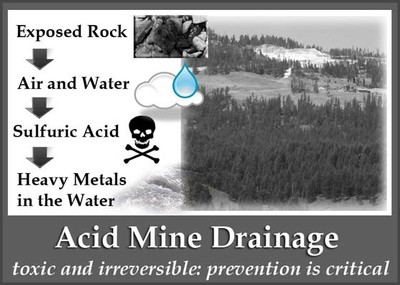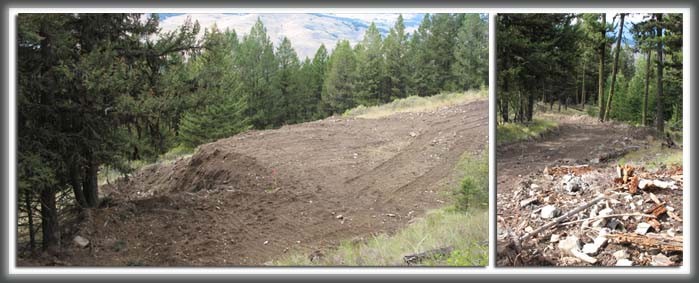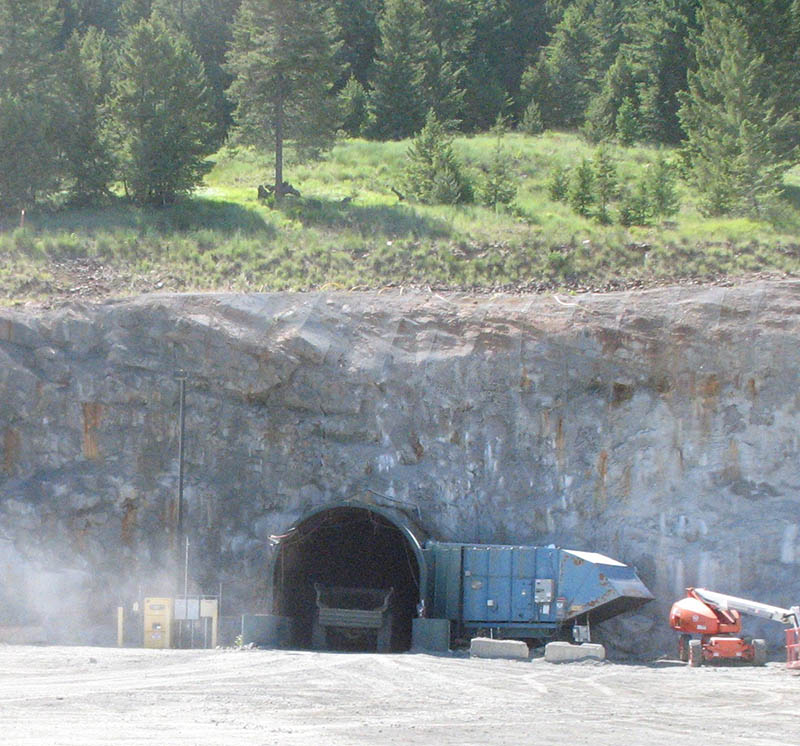OHA’s Recommendations for Buckhorn Mine Plans
Note: This text still needs to be edited (See Google Drive)
OHA recommends that Ecology require Crown to take the following actions that would help clarify monitoring and closure requirements and lead to the eventual restoration of mine site water quality:
- Add monitoring wells to the underground mine. One monitoring point to measure changes in two zones of the Buckhorn underground mine during closure is insufficient to understand how recirculation is affecting mine water quality, especially in a fractured bedrock setting. Water quality monitoring wells should be added to the distal portions of the underground mine (not along the preferential pathway) to evaluate the effectiveness of recirculation during closure.
- Modify the HCP. A modified HCP should include the issues discussed in Ecology’s approval letter, especially a requirement to have all monitoring locations on the site meet applicable permit limits for five freshets after recirculation, dewatering, and treatment have stopped. During this time, the treatment plant, dewatering, and recirculation should be able to be restarted if permit limits are not met. The HCP should clarify that all monitoring locations on the site should meet permit limits by the end of closure, including those inside the capture zone.
- Require a closure AMP. A separate closure AMP should be required to address changes in water quality, stream flows, and groundwater elevations during closure and post-closure. The closure AMP should include monitoring locations and criteria, trigger levels, mitigation measures to be taken, responsibilities, and evaluation of mitigation effectiveness. The closure AMP should also include contingencies that expand the time period and potentially restart water treatment if water quality degrades during the five-year period of the closure phase after treatment has ceased and during the ten-year period of post closure phase. The trigger for adaptive management action should be a comparison to permit limits rather than historical concentrations or trends. Finally, Ecology should require that all water on the site, including areas inside the former capture zone, meets NPDES permit limits at the end of closure.
- Require a closure HMP. A Hydrologic Monitoring Plan is needed for closure. Currently none exists. The closure HMP should include descriptions of hydrologic and water quality monitoring, including parameters, frequency, and locations, during closure and post-closure periods. A decrease in frequency between Phases 1 and 2 of closure is not warranted.
- Require a map showing underground workings, wells, and flow directions during closure: Ecology should require Crown/Kinross to create a 3D representation showing the location of the recirculation inflow pipe and outflow well, the sampling location for the Gold Bowl sump, and the remainder of the Gold Bowl workings. The location of the inflow pipe and outflow well for the Southwest Zone and the location of the Southwest Zone sump should also be depicted in a 3D graphic. Expected flow directions in the underground mine with and without pumping should also be included. And add hydrologic plug.
